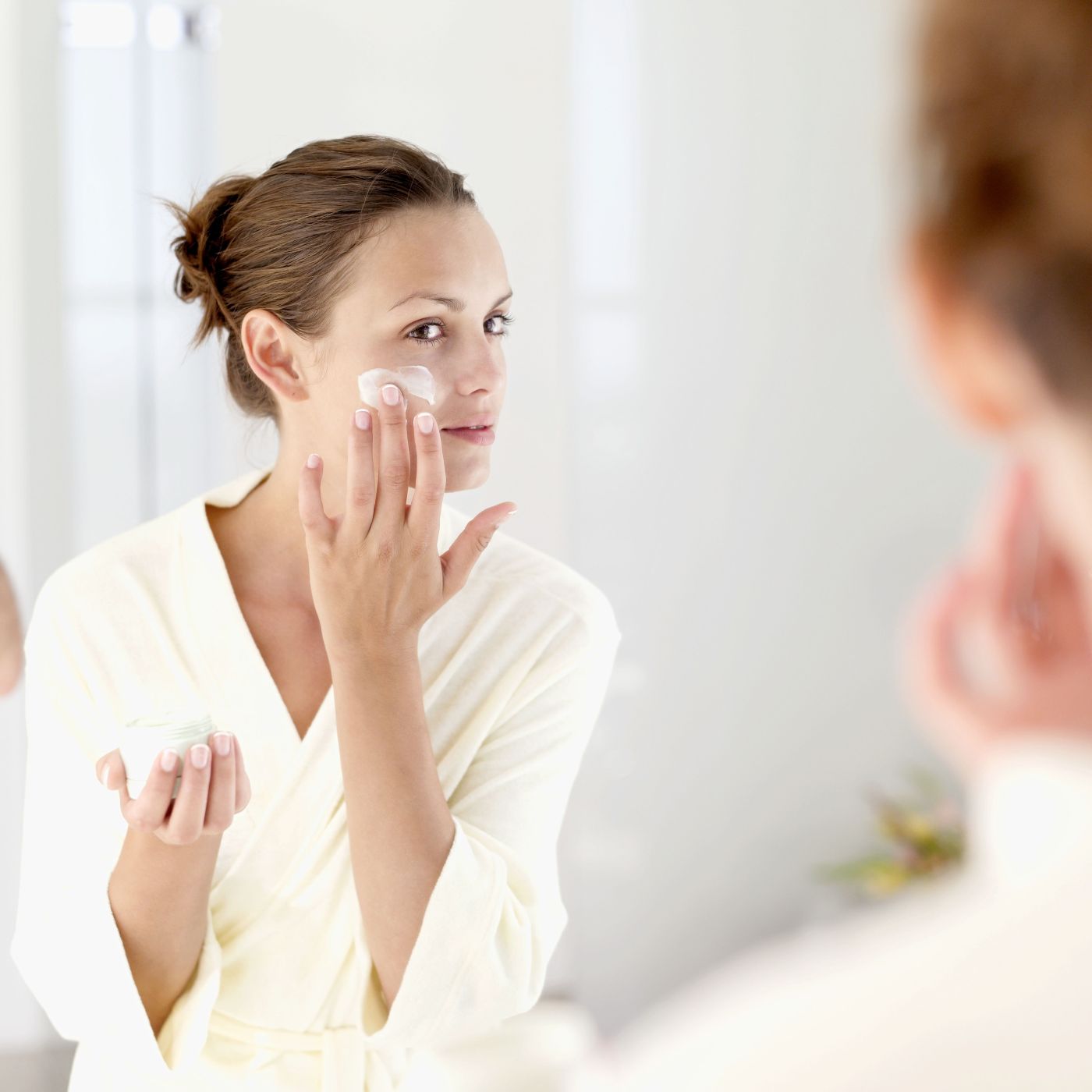
How to save your skin from dry, cold winter
While we should take care of our skin all year long, winter poses an extra set of challenges. It’s the time of year when our faces feel so parched that slathering on Vaseline falls short — especially if we’ve been out in cold winds skiing or hiking. Meanwhile, our poor red, dry, cracked hands are doing all they can to get by.
So how to face the January/February skin doldrums? Even if you’re contemplating switching moisturizers, that dry and itchy skin may have already settled in with the season’s toll. So here’s a cheat sheet for how to make a difference for the rest of winter.
Step 1: Change your environment. It all starts at home. We all need to crank up the heat when it gets cold, of course. But that dries out our skin even more. Adding moisture to the air is key. For that, make sure you get a good air humidifier (kept at moderate temperature, so you’re not adding heat to the air) for the rooms you spend the most time in —your bedroom, and ideally one or two more for other rooms. I like the Levoit Classic 300S Ultrasonic Smart Humidifier ($68 on amazon.com) for its reliability and easy-to-use controls.
Step 2: Get your hydration internally. As with so many things, it’s about what you put in your body that counts. Drink up that water, of course. But it’s also about what you don’t drink, too — as in alcohol. Deep winter isn’t a great time for alcohol, since it’s so dehydrating. And it’s about what you eat. Foods high in water content (and great flavor) are really helpful here — like cucumbers, watermelon, apples, tomatoes, and yogurt.
Step 3: Switch to an extremely hydrating moisturizer: With the harshness of the elements, you need to go all-in with your product. That means no more mere lotions, but creams like CeraVe Moisturizing Cream ($16.23 on amazon.com) instead — and make sure they contain ingredients that protect the skin’s barrier, like hyaluronic acid and ceramides. Use an SPF of at least 30 every day (on its own or in your foundation), and if your face gets chapped from the cold, use your cream day, night, and afternoon — whenever you feel it’s needed. If you use an eye cream, then after you apply that, follow it with a thin coat of Aquaphor ($7.29 on cvs.com) to protect your thin skin there, which is especially prone to redness and dryness in the cold.
Step 4: Don’t forget your hands: Throughout the rest of the year, it’s normally enough to slather some nice-smelling lotion and go about your day. Not at this time of year. Now it’s time to remember to get out the extra-thick hand cream like Kai Rose Hand Cream ($22 on nordstrom.com) several times a day and really take the time to rub it in. Then just before bedtime, coat your entire hands with an extra-thick cream like CeraVe Therapeutic Hand Cream ($12.99 on ultabeauty.com) and then apply Vaseline or another petroleum product on your cuticles. If you’d rather not risk getting any of that product on your sheets, pull on some of Aquaphor’s Advanced Therapy Repairing Hand Masks ($28.44 on amazon.com), which will add avocado oil and shea butter to the arsenal of weapons you have to rejuvenate your thirsty winter skin.
To keep hands from chapping, take the time to work in your hand cream. (Photo Metro Creative Services)
Make sure to hydrate from the inside – drink lots of water, and add foods like cucumber to your diet. (Photo Metro Creative Services)


